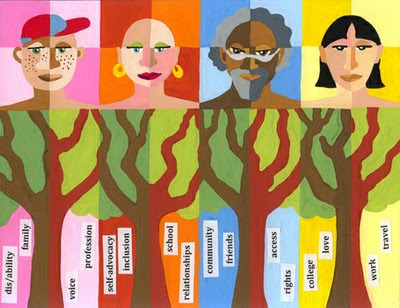Tim Rumage our full-time Environmental Scientist, returns this week to introduce us to the concepts of human interactions with planetary ecosystems. Currently on Earth we are experiencing a number of negative impacts from the ways in which humans have failed to integrate with our ecosystems. Large impacts like human-caused climate change and failures to control population growth have become impacts that threaten the continued existence of humans on this planet.In our Worldbuilding Course we are attempting a project that we hope will encourage you to think of ways to interact with natural systems and the range of ecologies that would have more positive outcomes than on earth.
There are two aspects of this week's development of your Inventory.
First, you want to consider what types of lifeforms and ecologies have formed on your planer. You will want to describe life on your planet/moon before humans arrived. You will want to describe some of the major ecosystems of your world and you will probably want to focus on the locations on your world where humans have taken up habitation.
Second, you want to describe some of the ways in which humans on your world are interacting with the ecology of your planet/moon and the specific ways they are managing those interactions in harmony with the local ecology instead of disrupting it.
One of the current models that humans are using as a tool to think about these issues is the Ecosystem Services model. Tim has provided two readings that describe that model, which is recommended as an approach you might use to envision how humans might engage more positively with the ecologies in which they live. These are brief, fact-filled and very useful.
What are Ecosystem Services?
The Economics of Ecosystem Services and Biodiversity
Please read these two brief fact sheets.
Tim has also provided two brief fact papers on the impacts we are currently facing from inadequate Ecosystem Servicing. Please read these as well. Both are also linked on this week's Activity Page.
Wildlife in Catastrophic Decline
More Than One Billion People Face Displacement By 2050
Here is a link to the Activity Page for this week where there are more details and questions to ask to help develop you planet/moon inventory document.
This week's checklist:
- Read the 4 fact sheets Tim Rumage has prepared for us.
- Read the Activity Page and provide some long and detailed answers to the questions Tim asks. These questions are repeated and some additional questions added to the Worldbuilding Questionnaire.
- Make sure you have answered as many questions you can on the Worldbuilding Questionnaire.
- Come to Zoom Class prepared to relate and discuss your answers to the questions as well as to ask any question you have about the ideas or concepts for this week.



